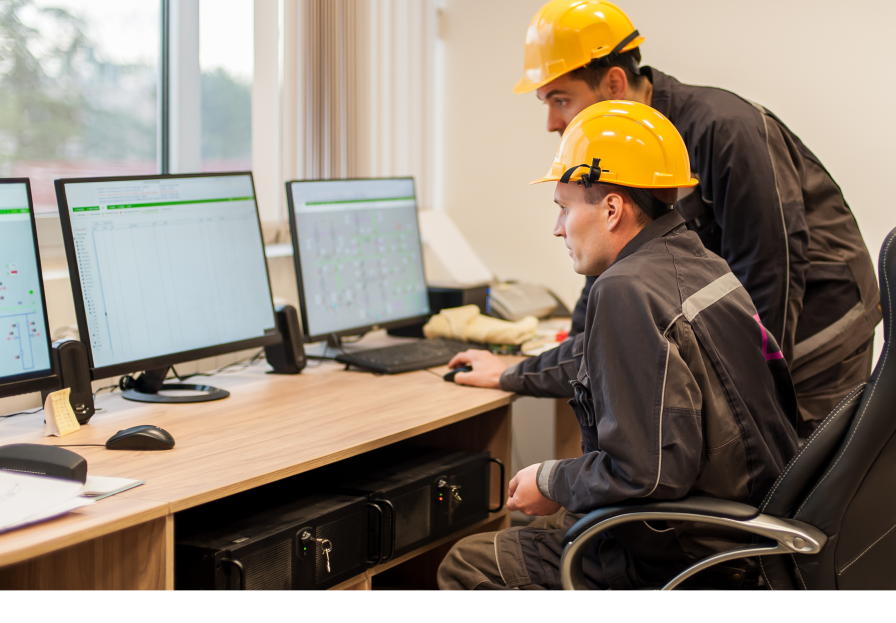Table of contents
Recommended for you

A Smarter Approach to Digital Transformation in Councils
One could have been forgiven for having a bit of a deja vu moment when Prime Minister Jacinda Ardern announced the move to red light status.
News that the Omicron variant is now circulating in many communities has meant the shutters are again pulled down on some businesses while workers are again encouraged to work from home as a preventative measure. For others of course, it hasn’t meant much change at all, particularly in Auckland where high numbers of people have been “WFH” for a large part of the past two years.
Working from home is not for everyone and the COVID-19 journey has delivered some valuable lessons for both employees and managers. It can be particularly demanding making sure that connections, communication, and collaboration are as good as they can possibly be. Now could be the right time to recap on learnings from previous lockdowns (Source: AskYourTeam The Future is Now.)
Working from home is not for everyone and the COVID-19 journey has delivered some valuable lessons for both employees and managers.
AskYourTeam’s key WFH learnings:
Regular check-ins – many employees struggle with reduced access to managerial support and communication, and some feel that remote managers are out of touch with their needs. Keep in touch regularly, and make sure that team members know they can get in touch on an ad-hoc basis too.
Get the right tools in place – if you haven’t done it, now is the time to get your people properly set up to work from home, so they can be as productive as possible. Working on the dining room table really isn’t a proper option is it? Ask your people what they need, and provide advice and support, including financial. Consider contributing to monthly Wi-Fi costs, and spring for a proper office chair if you need to.
Keep the connections going – foster a sense of belonging, as positive relationships and social support buffer stress. This is especially important for those employees living alone. Look for opportunities for team catch-ups, and make sure there is time devoted to “shooting the breeze”, so that discussion isn’t solely about business and work that has to be done.
Be reasonable and cut some slack – be aware that distractions at home, suboptimal workspaces and in the case of school and daycare closures, unexpected parenting demands and caring for wider family members can impact employee’s ability to effectively balance work/life responsibilities. Try not to add to the stress!
Make wellbeing a priority – remember that people are working from home, not living at work. Role model good behaviours around work-life balance and be reasonable with requests. Take time to ask how people really are, but maybe not during multi-person zoom call! Save that for a one:one conversation.
Support autonomy and flexibility so employees can effectively manage their workloads – This potentially diminishes anxiety and enhances emotional resilience. Make sure that the team are aware of and have access to support programmes, such as EAP.
Demonstrate trust - forget micromanagement! Research has shown that employees thrive in cultures founded on psychological safety and trust. This can help people become more resilient and empowered to make positive decisions, take action and be productive even when stress becomes pervasive. Now more than ever, leaders need to ensure a culture of trust and psychological safety is in place, as organisations navigate the ongoing challenges of COVID–19.
Communicate authentically and often – it’s ok not to have all the answers. One thing we’ve learnt during this pandemic is that situations change, and often quickly. Acknowledge the challenges and limitations of decision-making.
If you’d like to read a copy of our The Future is Now insights paper, please get in touch.










